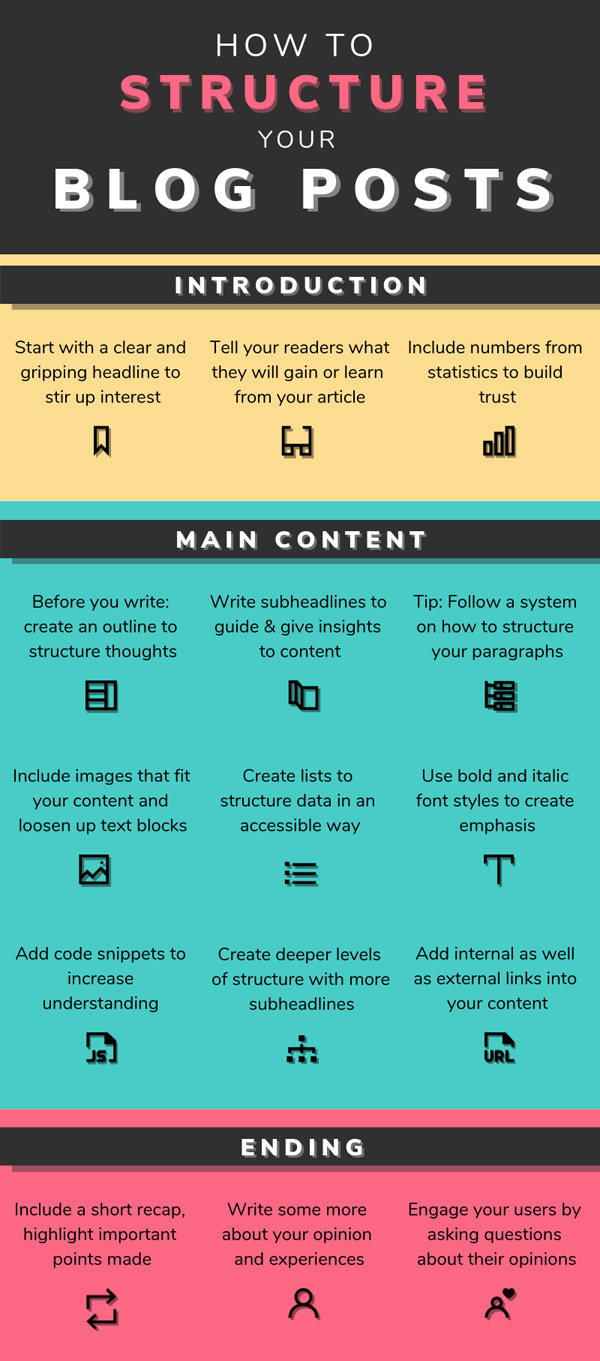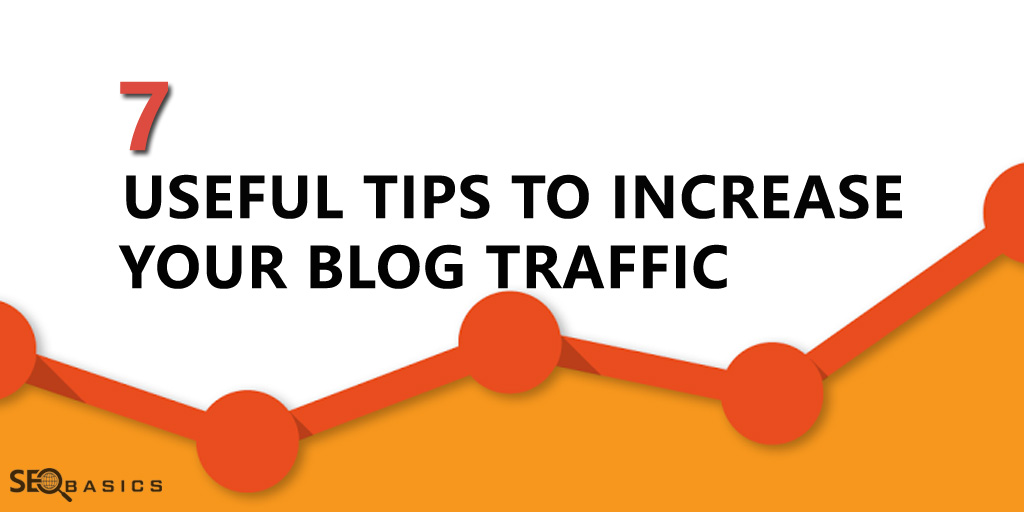Making consistent blogging mistakes can prove to be a blunder if you are looking forward to making a solid online presence.
Before we dive into the common blogging mistakes, let us first understand the evolution of the blog and its emerging importance.
Since its first appearance in the late 1990s, blogging has come a long way.
Originally, blogging was used as a unique platform to express the thoughts, emotions, opinions, or observations of a person – an online journal or diary with a short follow-up.
It has now developed into a forum used by millions, all from individuals to companies.
Business organizations are using blogs to achieve far more things than just providing valuable information to visitors.
It takes a lot of effort to try and make a blog successful.
Many blogging mistakes can though slow the process of creating a successful blog.
The ability of a blog to boost the SEO of your website is one of the most recently recognized advantages of blogging for a business organization.
Google’s algorithm has been developed to focus heavily on the quality and rate of posts/updates of a website.
Therefore, if a blog is well-managed, meaning that it is regularly updated and focused on important business issues, it will improve the SEO of your website.
Blogging done right can work wonders for a business organization but creating a successful blog takes time.
Making blogging mistakes is inevitable, as it is a creative field that cannot be perfected.
There’s nothing wrong with making blogging mistakes, but if you can prevent a few blogging errors, you can easily build a better blog.
Here are the 10 Blogging Mistakes to Avoid in 2020
1. Using Intricate Text
The first and most common mistake made is using complex and intricate language in your blogs.
By using complex and fancy words you may be able to showcase your command over the language but to make a successful blog you need to connect with your audience.
While complex words can make you sound knowledgeable, they can make your material sound stupid.
Difficult words make readers work hard on their hands, distracting readers from the message you are trying to convey.
In order to connect with your visitors/audience, you must use easy-to-understand words and phrases so as to reach the maximum audience.
The more relatable and easy to read your article is the better are the chances of your blog to decrease the bounce rate.
This mistake can be avoided by using the following tips:
- Write as if you are talking to your readers
- Write short and precise sentences
- Avoid writing long and monotonous paragraphs
- Avoid using intricate text
- Share your own experiences
2. Improper Audience Analysis
Audience research/analysis is one of the fields in which business owners prefer to miss or do minimal research altogether.
This is a huge mistake that not only can decrease the value of your company but can also affect your earnings.
To successfully facilitate solutions, you need to learn your audience’s tastes and preferences.

The only way to learn is to do the research and get proof of what you suspect to be true.
Not knowing what your audience needs will always be a waste of your time.
Without knowing what your audience needs you won’t be able to write content that can help you to increase traffic on your blog as well as your site.
This mistake can be avoided by using the following tips:
- Get the demographics of your audience
- Create an ideal customer profile
- Create content in harmony with customer profile
- Prepare content dealing with your audience’s problems
3. Improper Blog Structure
Another blogging mistake people make is that they don’t follow a proper blog structure.
Just after reading a few phrases, the readers get the idea if the blog has an appropriate structure or not.
This has a huge impact on the bounce rate.
The poor the blog is structured the higher will be the bounce rate.
There are plenty of blog structures and writing methods, but one of the most appropriate is the traditional one:
- Introduction
- Middle Part
- Conclusion

Image Source: Coding Writer
Start with a good introduction to your blog.
It should summarize the topic and begin with the idea that readers can relate and agree with you.
An appropriate introduction should make the readers feel connected and gives a strong impression that the blog is framed and written for them.
Then the middle part of the blog should be guiding the readers to the solution they are looking for.
Not only should the middle part provide enough valuable information to the reader but also be able to build a positive relationship with the readers.
At last, the conclusion of the blog should be opinion based and also interactive asking the readers to give their views and opinions as well.
A better blog can be appropriately structured by:
- Splitting your blog into three sections: Introduction-Middle-Conclusion
- All sections of the blog should be inter-related.
- Use the ideal font size and style.
- Appropriately use spaces between words and sentences.
4. Having a Broad Topic
One of the most common and influential blogging mistakes is selecting a topic that is too broad.
Selecting a topic that can be understood by a larger audience can be effective but it is difficult to justify that in a single blog post.
This is one of the most common blogging mistakes for beginners.
A broad topic requires many details which is difficult as a blog post should be connected with a flow.
Not only does writing on a broad topic be monotonous for the readers but it will also result in a higher bounce rate as readers will easily detach.
Specialize if you’d like to be a successful blogger.
Having a specialized niche means you can focus your blog posts a lot more and reach a more dedicated audience.
When selecting a sub-niche, providing the information/solutions they want and need is much easier.
It can be daunting for the blogger and the readers to cover a broad niche.
For everyone, specialization is a win/win situation as long as you do your research first.
This mistake can be avoided by using the following tips:
- Writing on specific topics
- Audience research
- Curate your content as per the audience
5. Ignoring Keyword Research
Keyword research is a very effective analysis when it comes to blogging.
One of the biggest blogging mistakes committed by bloggers is ignoring keyword research.
This is a huge step to also increase the traffic on your blog as well as increasing your SEO game.
Many bloggers are struggling to get traffic on their blogs even after posting content regularly.

This is because they post content without doing keyword research.
Keyword research is basically the process of finding terms or keywords from search engines such as Google that attract more traffic, leads and sales to your websites.
Keyword research tells you what topics people care about and how common these topics are among your audience if you use the right SEO tool.
Through searching for keywords for popularity, search frequency, or general-purpose, you will address the questions that most people in your audience want to answer.
Make sure to find long-tail keywords and use them in your name, meta description, URL and heading tags like h2, h3 before writing any new posts on your blog to optimize your content for search results.
To curate the best content you should:
- Do keyword research as per search volume and intent
- Use long-tail keywords
- Do not stuff keywords excessively
6. Emphasis on Quantity Over Quality
One of the biggest blogging mistakes made by bloggers (especially beginners) is they prefer quantity over quality.
It is generally seen that bloggers try to publish more blog posts in order to see themselves more in the SERPs.
They sacrifice the quality of the content in trying to publish more blog posts.
The search engines highly regard the quality of the post before ranking it.
You’re going to fail miserably if you rely on quantity over quality.

It is necessary to create in-depth content which requires more time and resources and therefore creating more blog posts would definitely be low in quality.
It takes a long time to create a long type of content.
You have to spend quality time reading, publishing, editing, promoting, etc.
But in the long run, it works like a charm.
For your audience, the material should always be useful.
If not, you’re probably wasting your time.
Focus on creating unique and valuable content that would make the audience attracted to your posts.
A quality post can be curated by:
- Choosing specific topics
- Doing in-depth research
- Read competitors posts
- Writing long-form content
- Proof-read your content to minimize any errors
7. Lack of Focus and Objective
Losing the focus of the blog can happen to the finest of bloggers, particularly if for years they have covered the same topics and issues.
They often write about marginal topics when they feel they’ve covered everything a million times.
This is one of the most common blogging mistakes.
If you begin to run out of ideas about content, reconnect with your audience.
Do more research than that.
Read the news from the industry.
Survey to get ideas from your audience.
Each piece of content should have an objective, such as driving traffic to the blog or promoting a particular product.
Do not post it if you are unable to define the aim that an article serves or the goal it should achieve.
Your blog is your company’s portal and has the same function.
The most important events and content of your website should be on your blog.
If you’re not inviting your target market to your blog or website regularly, you’re making a huge mistake.
This mistake can be avoided by using the following tips:
- Start a focused platform to discuss problems and challenges related to the niche.
- Use the details you find to refocus your post.
- To help you stay on topic, create a content plan.
- Schedule time each week for research and planning.
- Pick the topics/issues you’d like to discuss, set the content target and get it published.
- With a weekly email update, notify your email subscribers.
- Share a recently published post to reach a wider audience on your social media networks.
8. Not Posting Consistently
Not posting valuable content regularly is one of the biggest blogging mistakes for beginners that can be committed by any blogger.
Bloggers who do not consistently write usually lose their visitors as well as their trust and confidence.
Writing post after post without receiving a response can be quite frustrating when you start blogging.
But giving up and not publishing any further is a big mistake.

Finding you and spreading the word can take a while for your target market.
Your commitment and dedication will come to a point when it pays off.
This mistake can be avoided by using the following tips:
- Publish approximately 10 blogs a month.
- Use the Editorial Calendar to schedule monthly content.
- Use online tools to obtain new topics for content.
- Share your blog posts to drive traffic to your blog on all the social media networks.
9. Writing Only for SEO
It is necessary to write for SEO, but writing for SEO alone can be counterproductive.
Naive bloggers generally try to write just for the search engines so as to rank up in the SERPs.
They completely ignore the fact that the post is for human beings to read and gain value and information.
If you write more than necessary for Google and use keywords in your post, then be careful, because of keyword stuffing, Google can penalize your website.
This can be avoided by:
- Creating content for the target audience.
- Avoid stuffing too many keywords.
- Write unique and creative content.
10. Neglecting Email List
Overlooking to set up an email list or not creating an active email channel is another mistake that beginner bloggers make.
Your blog post’s ultimate purpose is to simply generate traffic and improve conversions.
Email marketing is one of the most powerful ways to do so.
Email marketing continues to remain one of the most powerful strategies to turn readers into buyers.
This is because most people are not really going to make an effort to read a blog regularly, they would prefer to be updated by email.
To make a better email list you can use the following tips:
- Collect emails for marketing activities from readers.
- Using available tools to make your website’s email pop-up.
- Use offers in exchange for subscriptions.
Conclusion
Especially when you’re new to blogging, you can make a ton of blogging mistakes.
The key here is to make blogging mistakes and quickly learn from them.
Blogging has become one of the most effective forms of traffic generation and conversion boosting.
Write your blog in a language that is simple and easy to understand, bring a captivating headline to your blog and write an entertaining introduction.
Make valuable content for your audience rather than just writing for the search engines.
And lastly, don’t give up! Keep writing.
What do you think about these blogging mistakes?
Please share your views with us.












